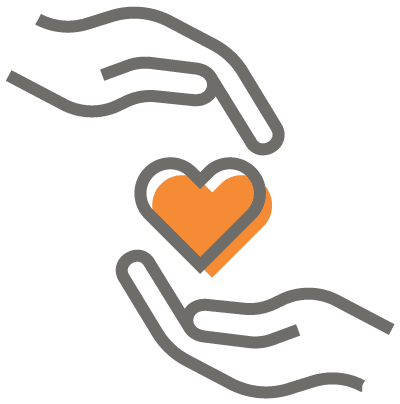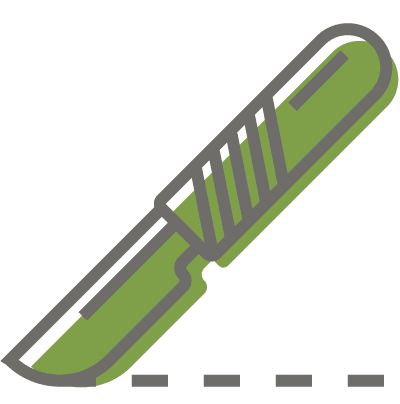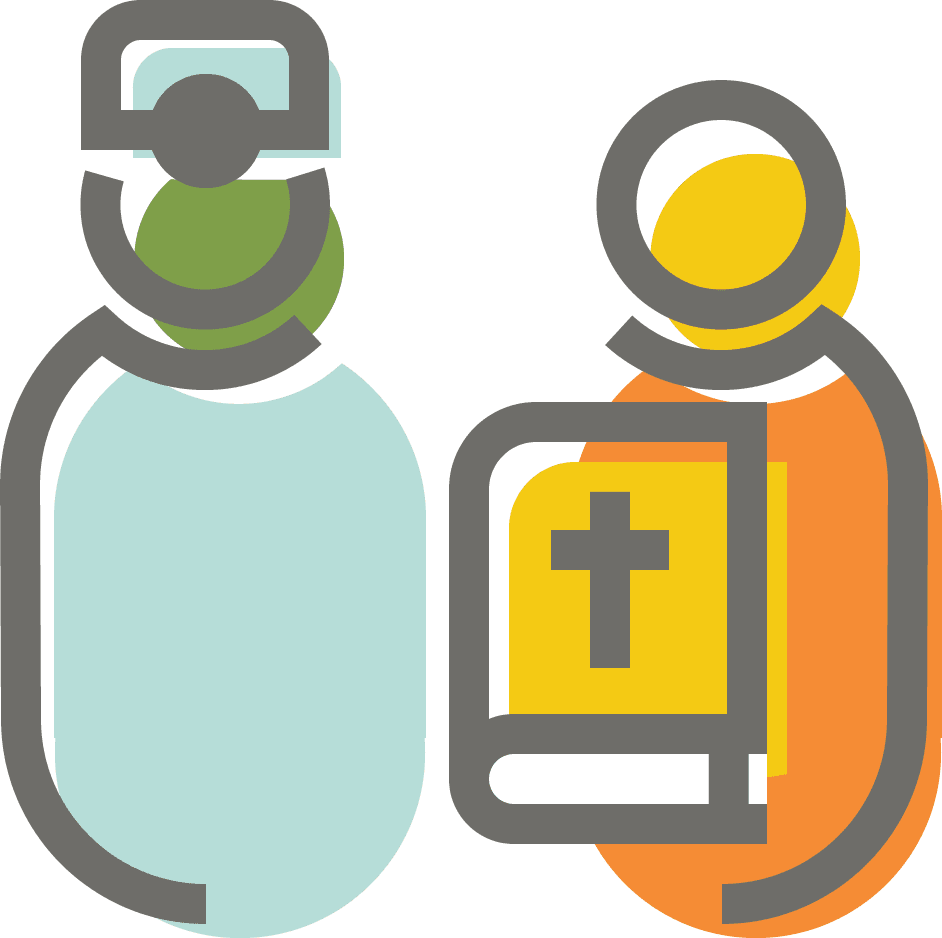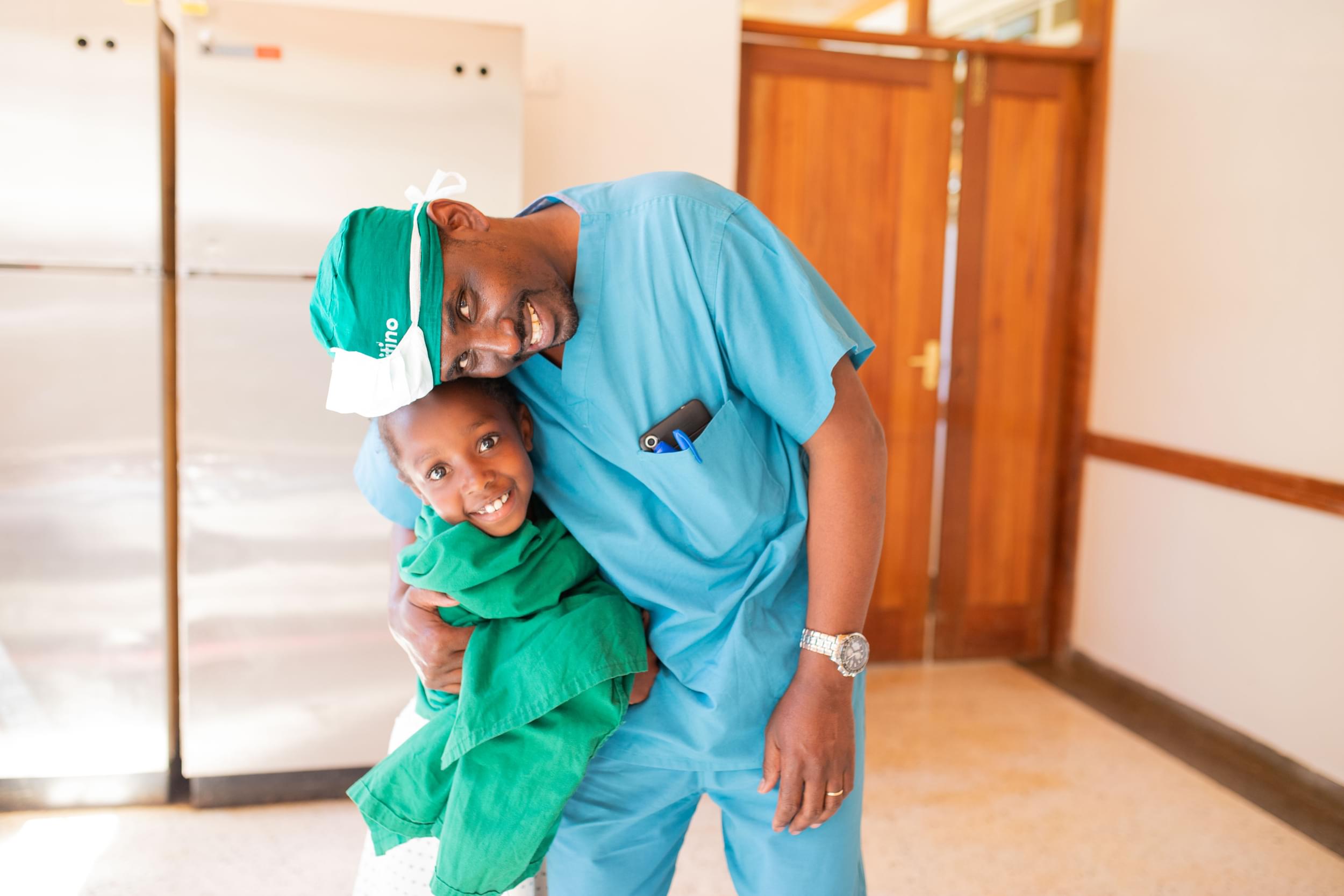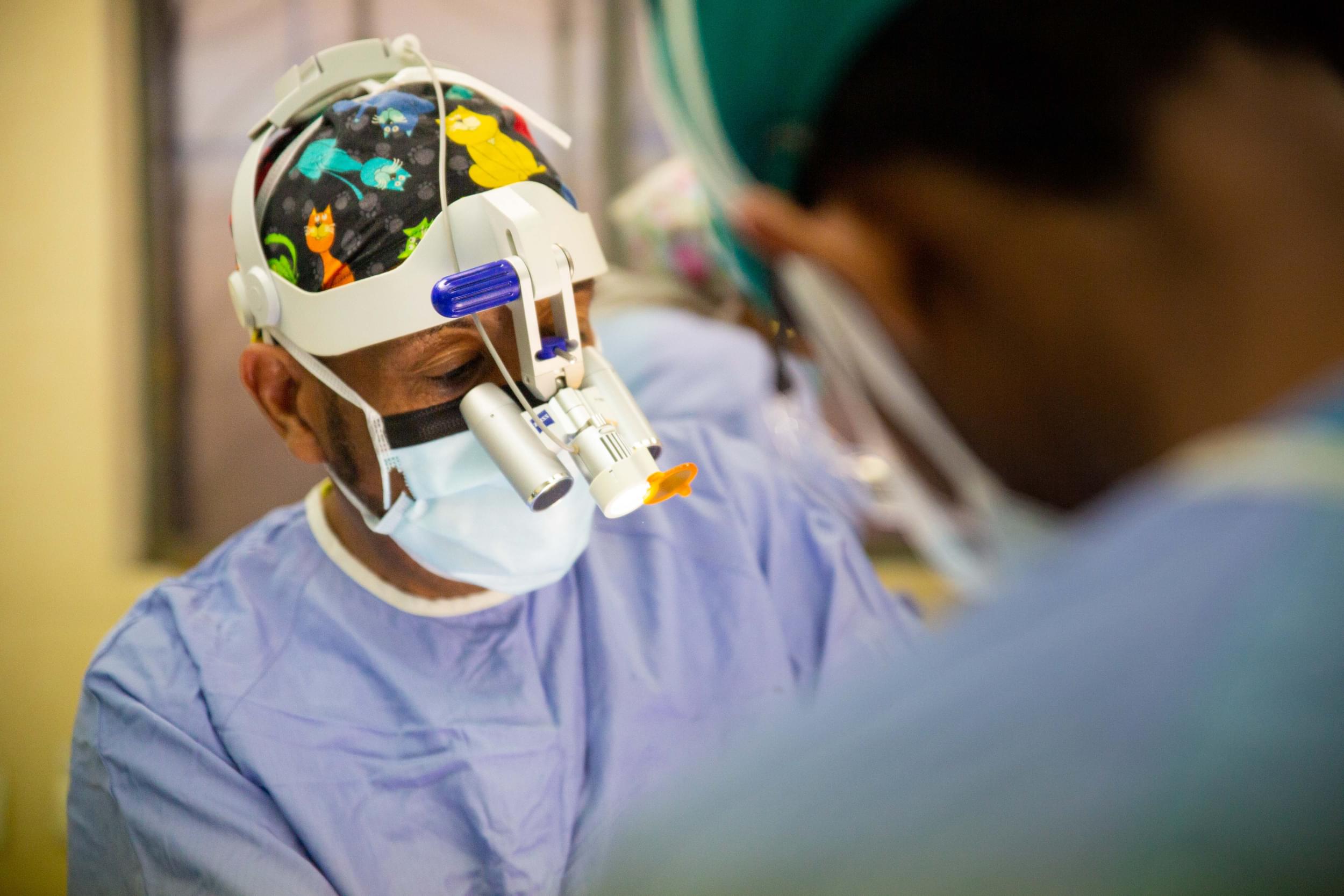Cleft Palate
A cleft palate is a congenital disability characterized by an opening or split on the roof of the mouth, known as the palate. Cleft palate is thought to be influenced by the interaction of the mother and father’s genetic and environmental factors.
- 1 in 700 babies is born with cleft lip and palate worldwide. (1)
- 94% of those children come from low- and middle-income countries. (2)

What issues do children with a cleft palate face?
Without medical intervention, babies born with cleft lip and palate could have difficulties eating, drinking, speaking, and hearing.
Stigma
Children with disabilities often experience stigma and discrimination, leading to poor self-confidence and isolation.
Vulnerable to Infections
Children with cleft palate are more prone to infections, and difficulty eating leads to frequent illness—especially in infants.
Communication Challenges
Cleft palate can cause speech delays that hinder a child’s ability to communicate, preventing them from connecting with others.
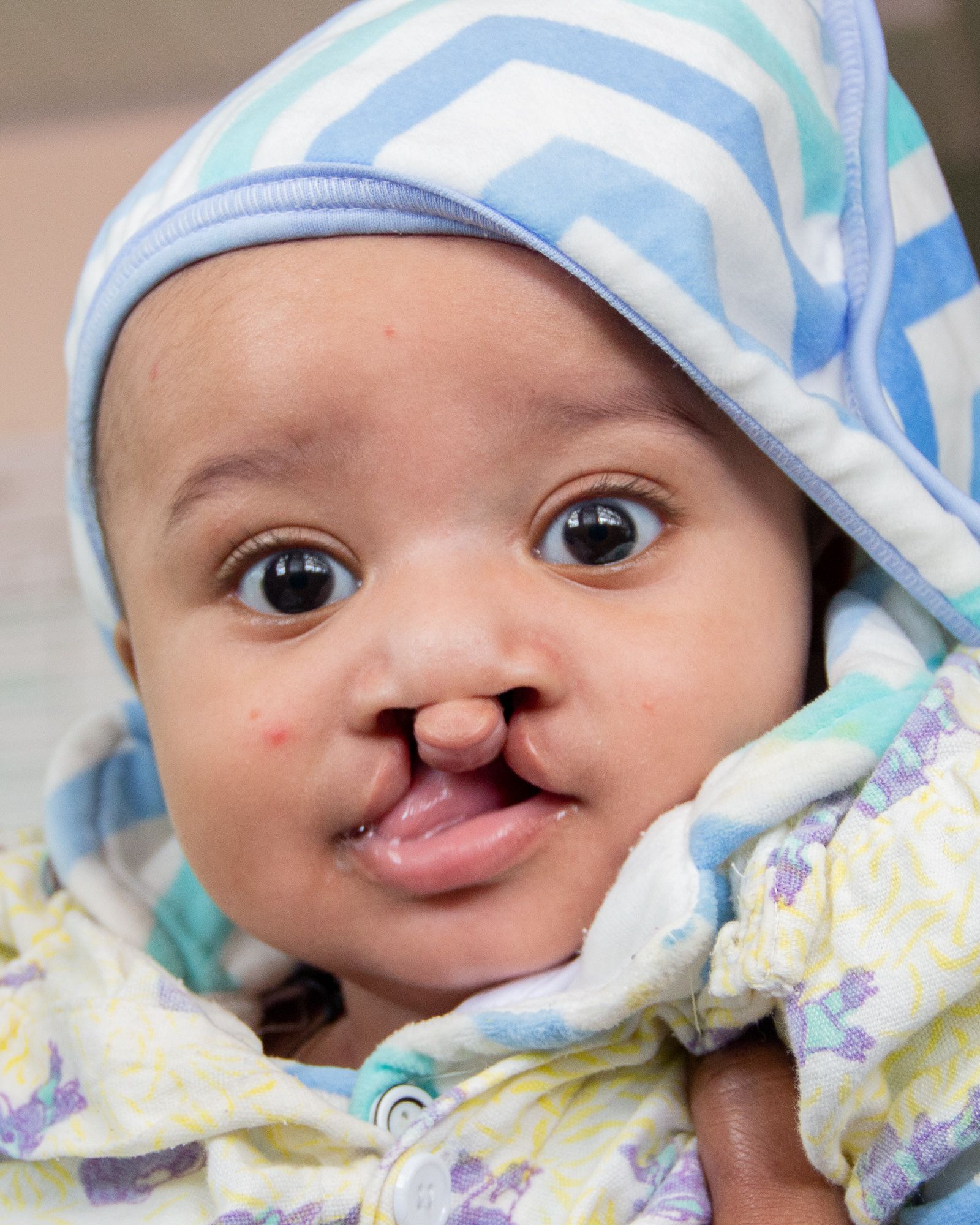
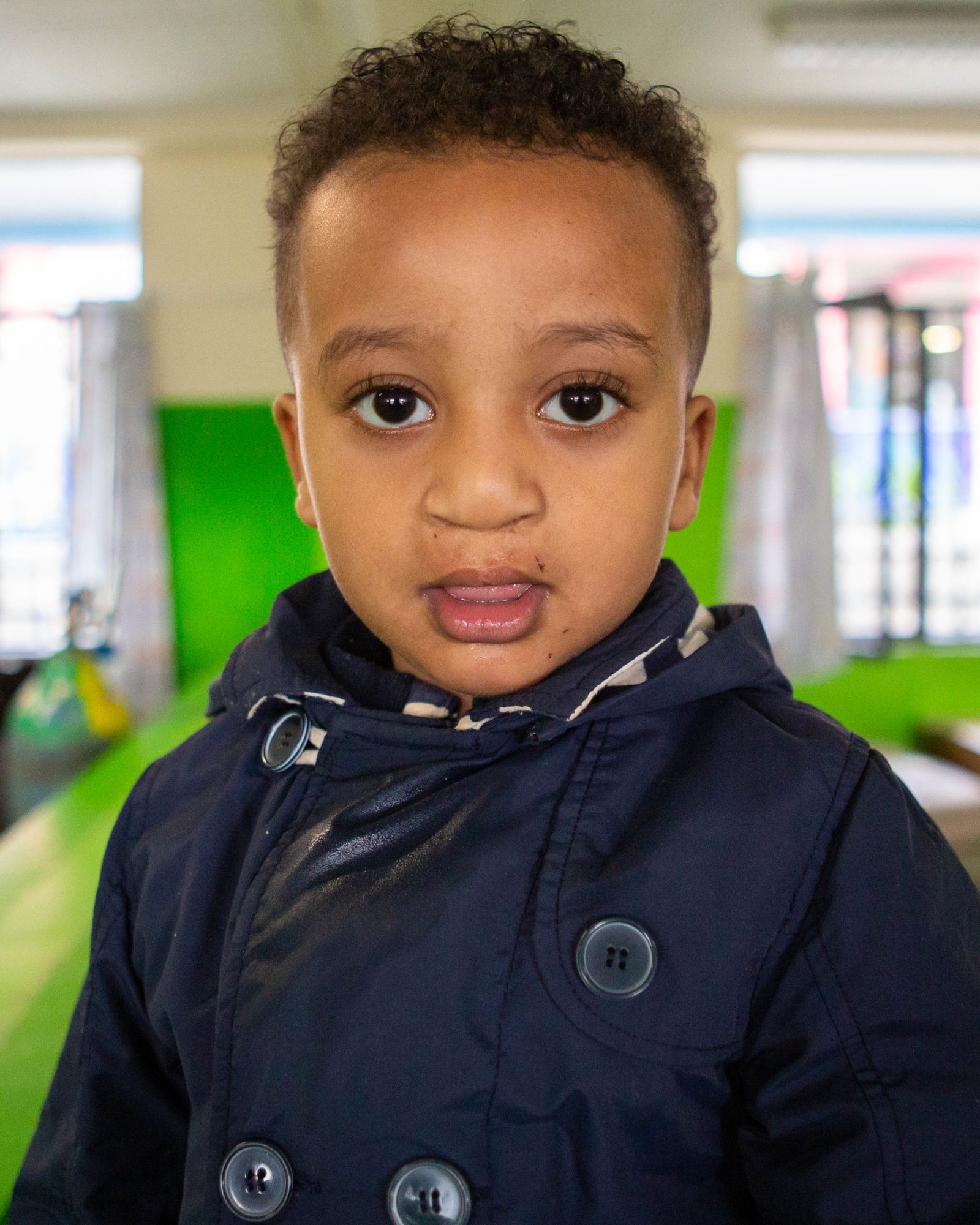
CUREkid Spotlight, Cleft Palate
Alazar | Ethiopia
Before Surgery
When Alazar was born with both a cleft lip and cleft palate—his parents were worried about the challenges he’d face getting proper nutrition, speaking, and fitting in with his community.
Before Surgery
CURE’s skilled surgeons successfully repaired his cleft lip and palate, and provided the follow up care he needed to fully heal. Today, he’s a growing boy with a bright smile and bright future!

“If a child is born with a cleft palate, one of the biggest risks is to their health because they may be unable to breastfeed. A child in a developing country who can’t breastfeed can actually die of malnutrition. Also, they’re much more at risk of getting chest infections because everything gets mixed up inside the mouth. As the child grows, they are often unable to speak with a cleft palate. This can lead to problems socializing and big problems going to school. Often, children end up not going to school because they get teased or bullied.”
— Dr. Andrew Hodges, Lead Plastic & Reconstructive Surgeon – CURE International

